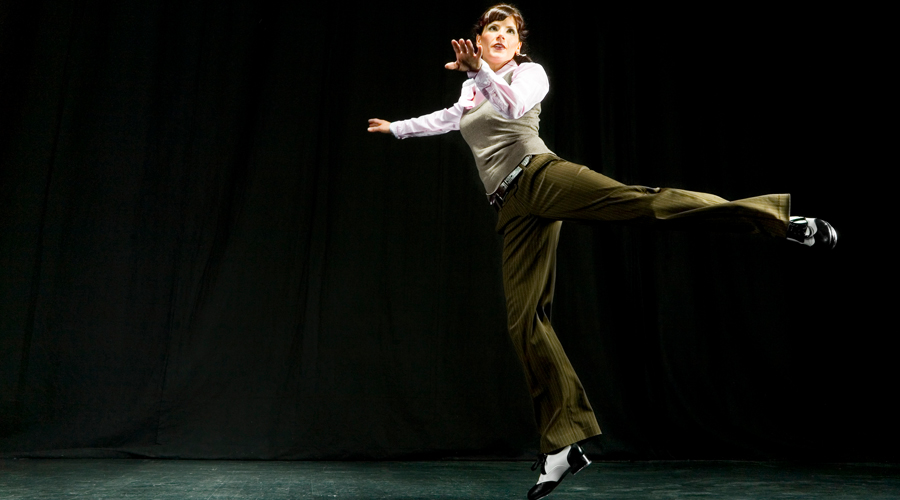The Postal Service released its Tap Dance stamps on July 10. Here are six facts about this ever-evolving dance form:
1. Tap is the dance analogue of jazz. Both tap and jazz are defined by improvisation, and even rely on it to grow and change as art forms. Both often employ a form of call-and-response, with one artist playing or dancing a riff while another answers, copies or tries to top it. And both are uniquely African American art forms.
2. It came to be under cruel conditions. Tap started as a hybrid of the Irish jig and West African juba as early as the 1500s, when the cultures of enslaved Africans and indentured Irish servants came in contact in the brutal world of the plantation. Some scholars also believe that, after the enslaved were banned from playing drums in the 18th century, tap was a way to keep their complex percussive traditions alive.
3. It went onstage in the 19th and 20th centuries. White performers made tap a part of racist minstrel shows in the early 1800s, but by the mid-1840s, some Black tap dancers, such as William Henry Lane, or Master Juba, became big stars. After the Civil War, Black performers seeking a platform for their skills formed their own minstrel troupes, and by the 20th century, tap became a big part of vaudeville, and later, Broadway and film.
4. Its shoes have evolved. The original tappers used their bare feet, but as tap moved onstage in the 1800s, wood-soled shoes were fashioned to mimic the sound. At times, pennies were affixed to the heel and toe. Later, thin metal sheets called “taps” were added to the heels and toes of leather-soled shoes. Today, those taps are sometimes attached with screws that can be adjusted to create different sounds.
5. Its rigor attracts athletes. Boxing requires some fancy footwork, and many boxers turn to tap to improve their technique. Joe Louis turned to Bill “Bojangles” Robinson for tips. Sugar Ray Robinson, who took up tap after his boxing career and toured with the Count Basie Orchestra, considered the training more difficult than his boxing regimen. Even the late basketball star Kobe Bryant took tap lessons to protect his ankles from injury.
6. It has its own holiday. May 25, the birthday of Bill “Bojangles” Robinson, is National Tap Dance Day, signed into law by President George H.W. Bush in 1989. The proclamation extols the dance form’s “historic and continuing influence on other genres of American art” and its “joyful and powerful aesthetic force.”
